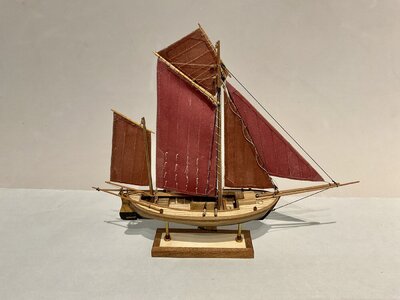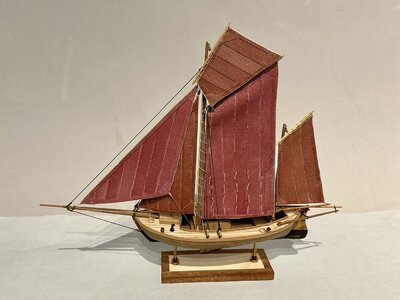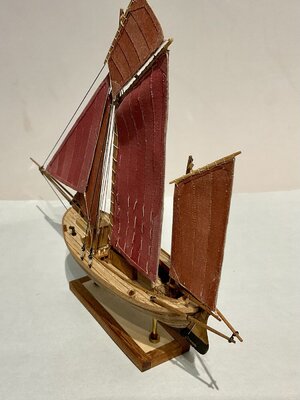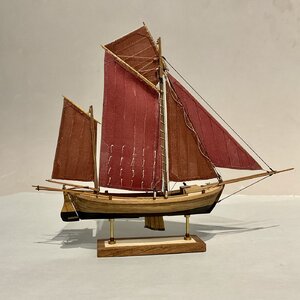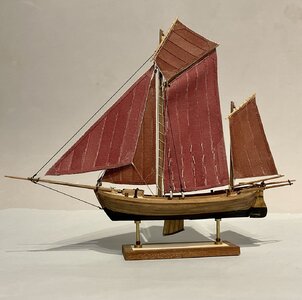- Joined
- Oct 22, 2018
- Messages
- 149
- Points
- 253

The Zeesenboot is a central daggerboard boat up to 12 meters long and with good stability for sail fishing. The name derives from the fishing gear used, the "zeese". Built for shallow and relatively sheltered waters it is therefore very suitable for the shallow waters of Bodden. The Zeesenboot's range stretched from Lake Ribnitzer, through the Fischland-Darß-Zingst Bodden chain, past Hiddensee, Rügen, Strelasund and Greifswalder Bodden, to the mouth of the Peene. The centers of the Zeesenboot fishery were the Hanseatic city of Stralsund and the area around the city of Barth. Due to the emigration of Pomeranian fishermen, the Zeesenboot also reached the Salzhaff/Insel Poel/Wismarer Bucht region and southern Denmark, where the Zeesenboote are known as Åledrivkvase. Today the Zeesenboote are mainly used as pleasure sailboats and for tourist purposes.
The hull of the Zeesenboot has wide and flat shapes and although it was originally clinker built, from the second half of the 19th century the carvel built was introduced. The lining is mainly made of oak (in Bodden waters), although larch wood was also used in the Wismar area and in Denmark. Initially the Zeesenboot were of open construction, until around 1860 the ships were half covered and a small cabin appeared in the bow. The boat had a low freeboard to facilitate hoisting the net bag on board, an operation carried out by only two fishermen. In many of the converted sports boats that survive today, the hull has subsequently been raised by one or two courses of strakes to raise the freeboard.
Instead of a vertically profiled keel, Zeesenboots have a wide keeled sole that features a center daggerboard slot. The sole of the keel protrudes only a few centimeters from the hull, making the shape of the hull reminiscent of a walnut shell. When the daggerboard was stowed, the Zeesenboot could therefore drift into the wind carrying her bottom trawl.
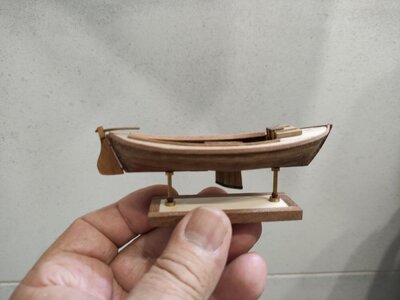
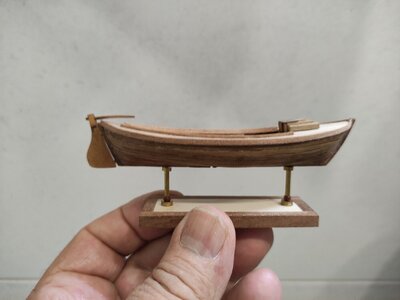


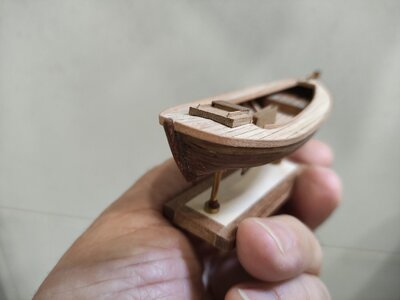

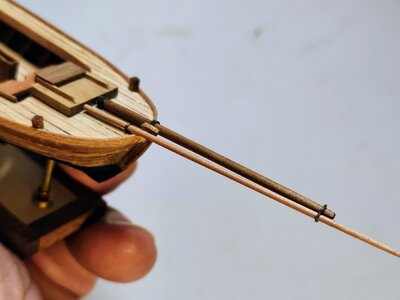



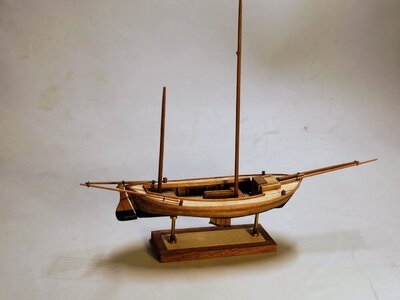
The hull of the Zeesenboot has wide and flat shapes and although it was originally clinker built, from the second half of the 19th century the carvel built was introduced. The lining is mainly made of oak (in Bodden waters), although larch wood was also used in the Wismar area and in Denmark. Initially the Zeesenboot were of open construction, until around 1860 the ships were half covered and a small cabin appeared in the bow. The boat had a low freeboard to facilitate hoisting the net bag on board, an operation carried out by only two fishermen. In many of the converted sports boats that survive today, the hull has subsequently been raised by one or two courses of strakes to raise the freeboard.
Instead of a vertically profiled keel, Zeesenboots have a wide keeled sole that features a center daggerboard slot. The sole of the keel protrudes only a few centimeters from the hull, making the shape of the hull reminiscent of a walnut shell. When the daggerboard was stowed, the Zeesenboot could therefore drift into the wind carrying her bottom trawl.
















 )
)


